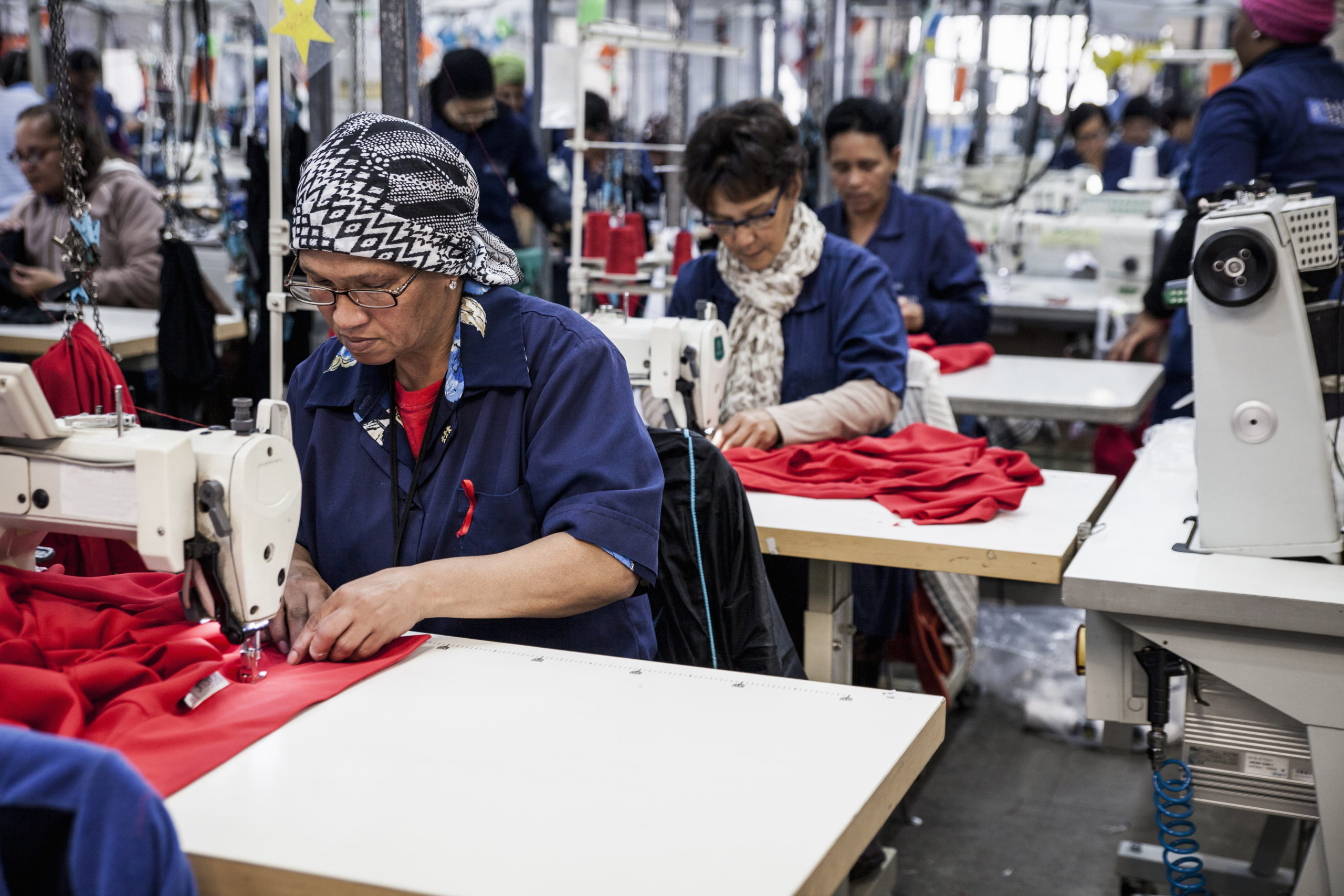How Digital Finance is Changing Invoice Financing for SMEs in Southeast Asia

For small and medium exporters in Southeast Asia, growth is often decided not by demand but by cash flow. Goods are produced, shipped, and invoices are sent, yet the payment can take 60, 90, or even 120 days to arrive. In the meantime, suppliers need to be paid, staff salaries cannot wait, and new orders require upfront investment. This delay turns receivables into roadblocks. Many businesses find themselves forced to scale back not because markets are closed to them, but because working capital is trapped in paperwork.
Traditional banking channels have not solved this challenge. The process is slow, credit requirements are strict, and most banks ask for collateral that small businesses simply do not have. According to the World Bank, nearly half of SMEs in emerging markets are unserved or under‑served by formal finance. In ASEAN specifically, around seventy percent of SMEs rely on personal savings or family funds to start and sustain their business. Only about one in four manage to secure a bank loan, and fewer than one in ten have accessed fintech financing. This financing gap is the backdrop against which invoice financing and digital solutions are rising.
Why invoice financing matters
Invoice financing, or receivables financing, allows exporters to unlock the value of unpaid invoices. Instead of waiting months for a buyer to pay, the exporter receives an advance, often up to 90 percent of the invoice value, shortly after shipment. Once the buyer settles the invoice, the balance is released. Unlike loans, this structure is off balance sheet. It does not add debt, does not require fixed collateral, and is based on real trade flows. For SMEs, it is often the only way to align cash inflows with the pace of their operations.
But the real transformation is not just in what invoice financing offers. It is in how it is delivered. Digital platforms and embedded finance are changing the rules. By connecting financing directly into the platforms SMEs already use, from accounting software to logistics systems, access is becoming faster, easier, and more reliable. Instead of weeks of paperwork, funds can be disbursed within days, sometimes even hours.
Southeast Asia’s financing gap in numbers
The Asian Development Bank (ADB) estimates the global trade finance gap at over 2.5 trillion US dollars, with Asia making up the largest portion. SMEs feel this most acutely. In Southeast Asia, SMEs account for more than 97 percent of all enterprises and employ nearly 70 percent of the workforce. Yet they consistently face the highest rejection rates when applying for credit.
In Indonesia, surveys show that more than 50 percent of SMEs list access to financing as their main growth barrier. In Vietnam, less than 30 percent of SMEs have bank loans, despite contributing over 40 percent of the country’s GDP. In the Philippines, around 70 percent of SMEs are unserved by formal lenders. These numbers reveal a systemic challenge. Without flexible financing, many exporters operate at a fraction of their potential.
Digital solutions in practice
There are already real examples of how digital finance is closing this gap. In Malaysia, a fintech partnership with a local accounting software provider channelled over one million ringgit in financing to SMEs. Eligibility was assessed using live bookkeeping data instead of traditional paperwork, cutting time and reducing rejections. In Singapore, the Monetary Authority of Singapore (MAS) has supported fintech sandboxes to encourage innovative models, from blockchain trade platforms to embedded lending. In Vietnam, digital trade finance pilots are being tested with support from development banks to ensure compliance with local regulations while expanding access for exporters.
Embedded finance is especially powerful. By integrating invoice financing into platforms that SMEs already use daily, such as e‑invoicing systems or supply chain portals, financing becomes seamless. The moment an invoice is issued, the option to finance it appears. The data is already there, allowing funders to make quick, accurate decisions. Research shows rejection rates can fall by nearly half when lenders use invoice and transaction data as the basis for credit decisions.
What this means for exporters
For exporters in Southeast Asia, this shift has practical consequences. Receivables financing helps ensure suppliers are paid on time, which strengthens relationships and secures future supply. It supports consistent payroll, keeping skilled workers in place. It allows exporters to accept larger orders and expand into new markets without the fear of cash shortages. In a region where supply chains are evolving rapidly and buyers are seeking resilient partners, access to financing can decide who scales and who falls behind.
It also changes the nature of risk. With insured, non‑recourse receivables financing, exporters are protected if a buyer defaults. This lowers exposure and gives SMEs the confidence to trade with new buyers in unfamiliar markets. For many businesses in Southeast Asia, particularly those expanding into OECD markets, this protection is as valuable as the cash itself.
The role of regulators and associations
Regulators across Southeast Asia recognise the importance of closing the SME financing gap. MAS in Singapore, Bank Negara Malaysia, and Bank Indonesia have each launched initiatives to promote digital lending and alternative financing models. ASEAN has also established the ASEAN Financial Innovation Network to foster collaboration between fintechs, banks, and development agencies. These moves are not about replacing banks but about widening the options for SMEs, making financing more inclusive and resilient.
Trade associations also play a role. Groups such as the ASEAN Business Advisory Council and national SME associations have published handbooks and guides on alternative financing options. Their message is consistent: SMEs cannot rely solely on traditional banking if they want to compete globally. They must explore receivables financing, digital platforms, and partnerships that unlock working capital.
Looking ahead
The direction is clear. Invoice financing, once seen as an alternative, is becoming a core part of trade finance in Southeast Asia. Digital solutions are speeding up access, reducing rejections, and making financing more transparent. Exporters who embrace these tools will be positioned to grow faster, capture global opportunities, and strengthen their role in shifting supply chains. Those who do not risk being left behind.
At Convergence Capital, we are committed to helping exporters make this shift. We provide receivables financing solutions that turn unpaid invoices into growth capital. By bridging cash flow gaps, we allow businesses to focus on what they do best: producing, trading, and expanding into new markets.
If you are an exporter in Southeast Asia looking to unlock your growth potential, reach out to us today. Let us help you turn waiting time into working capital.
Previous Post Next Post





